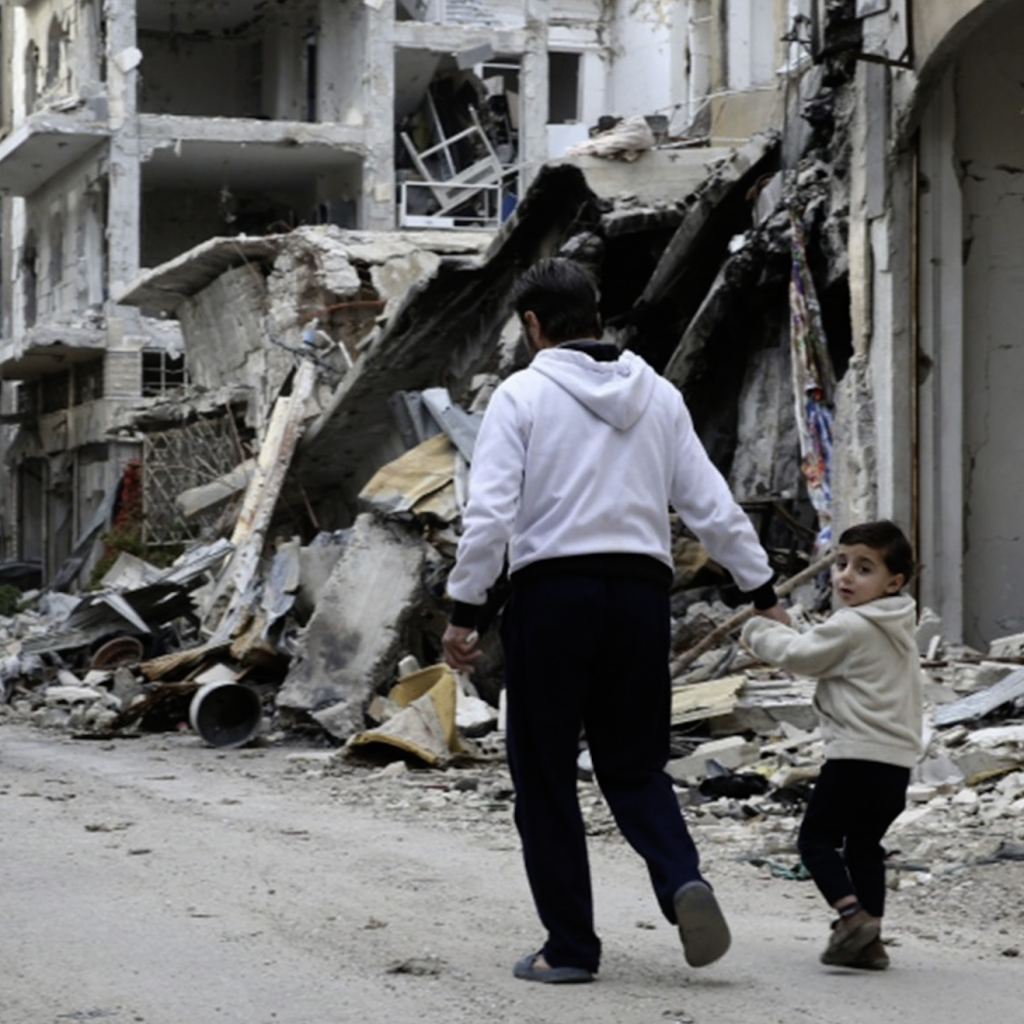Women in particular have key influencing power when it comes to radicalization. Though often overlooked as innocent victims or survivors with no will of their own, women have taken on important roles across the spectrum of radicalization throughout history. From mothers or teachers who nurture radical ideas in the minds of their children or students, to female extremist organization members who actively support recruitment efforts by reaching out to communities of vulnerable young men and women, to female terrorists who actually take part in committing acts of violent extremism; women are not always bystanders or victims. When not active participants, women may also play a role – willingly or unwillingly – as legitimizers or justification in the face of violent extremism, as is often seen in the case of young men who blame romantic rejection for causing them to turn to radical groups and behaviors.
Using this breakdown of the radicalization process alongside an exploration of the role of women in extremism, gendered approaches to recruitment and retention, micro and macrocosms of toxic masculinity and femininity, and communicative echo chambers, governments, NGOs, UN agencies, and other international and local organizations can begin to create a tiered approach to CVE that focuses on root causes and alterable vulnerabilities, rather than addressing symptoms and end results after the fact. While there should be no one-size-fits-all approach to terrorism, through better understanding the progression that ultimately violent extremists go through, new approaches can be developed for every level of radicalization, with the aim of resolving the root causes that fuel extremist transitions and supporting at-risk and vulnerable populations before they turn to community-based violence as a last resort.



